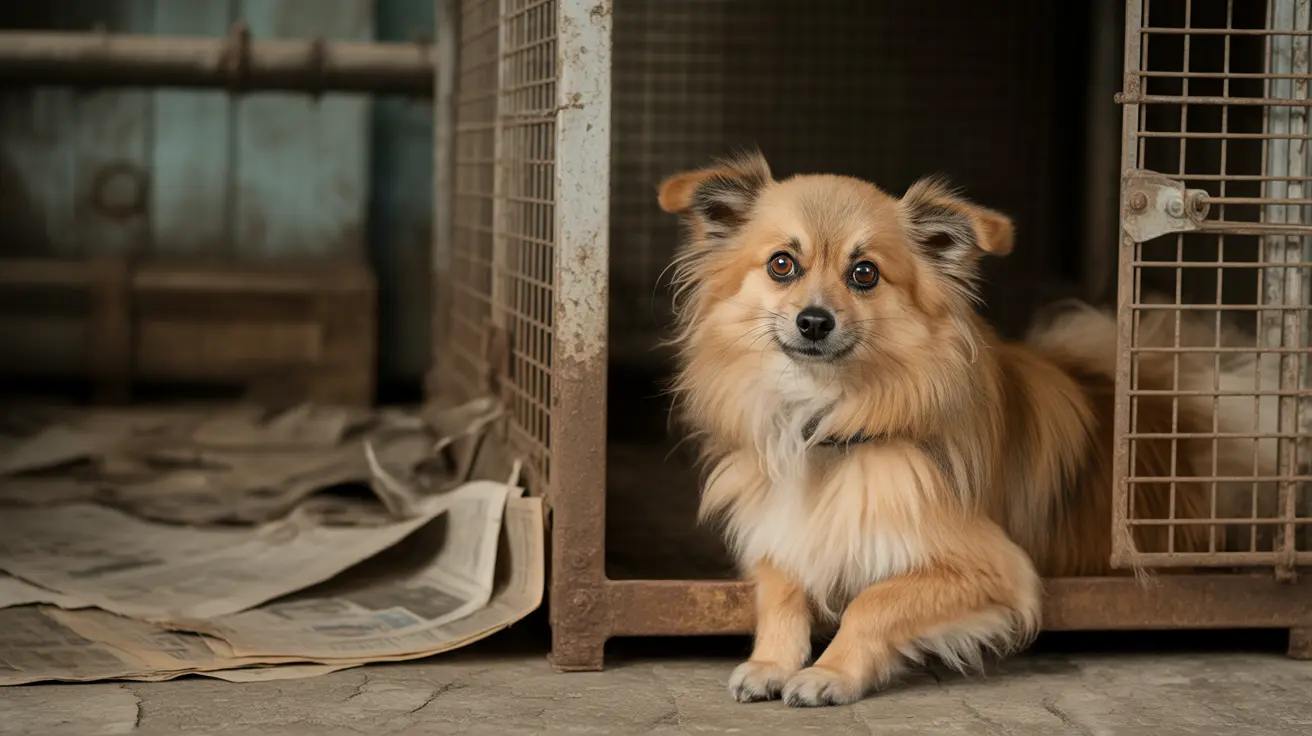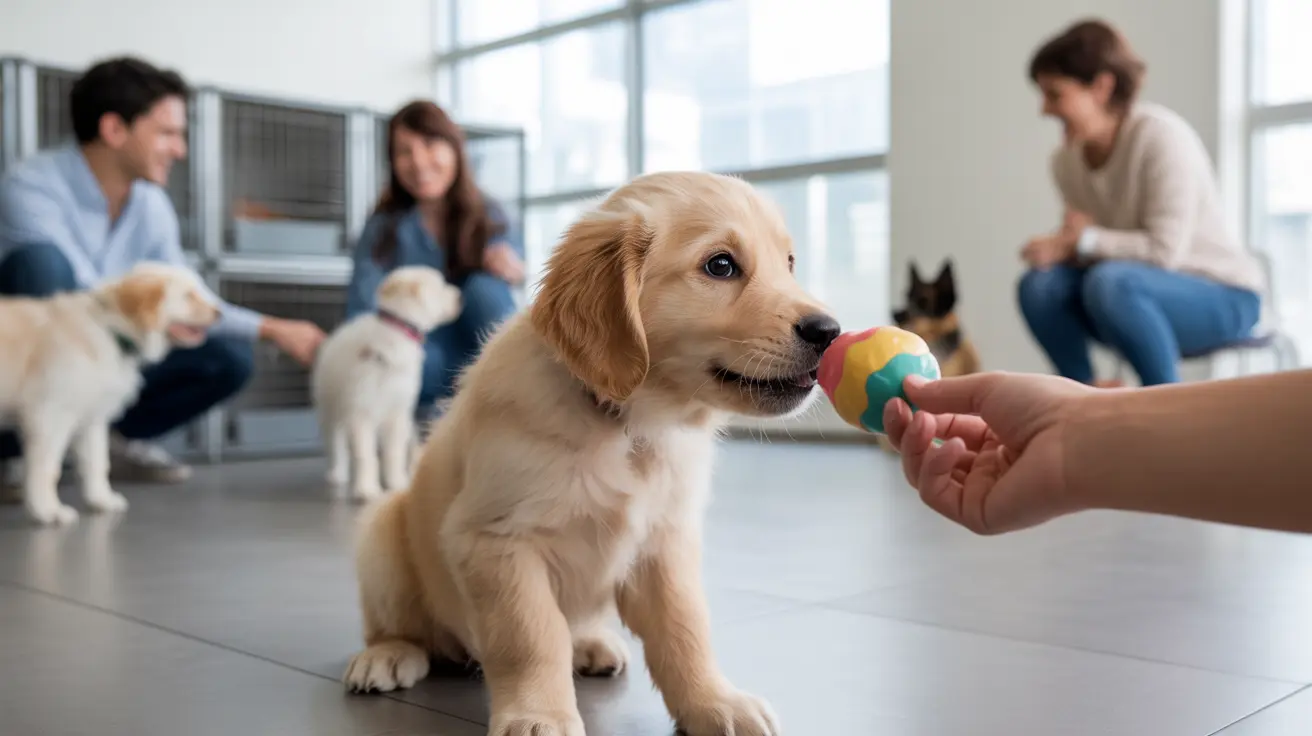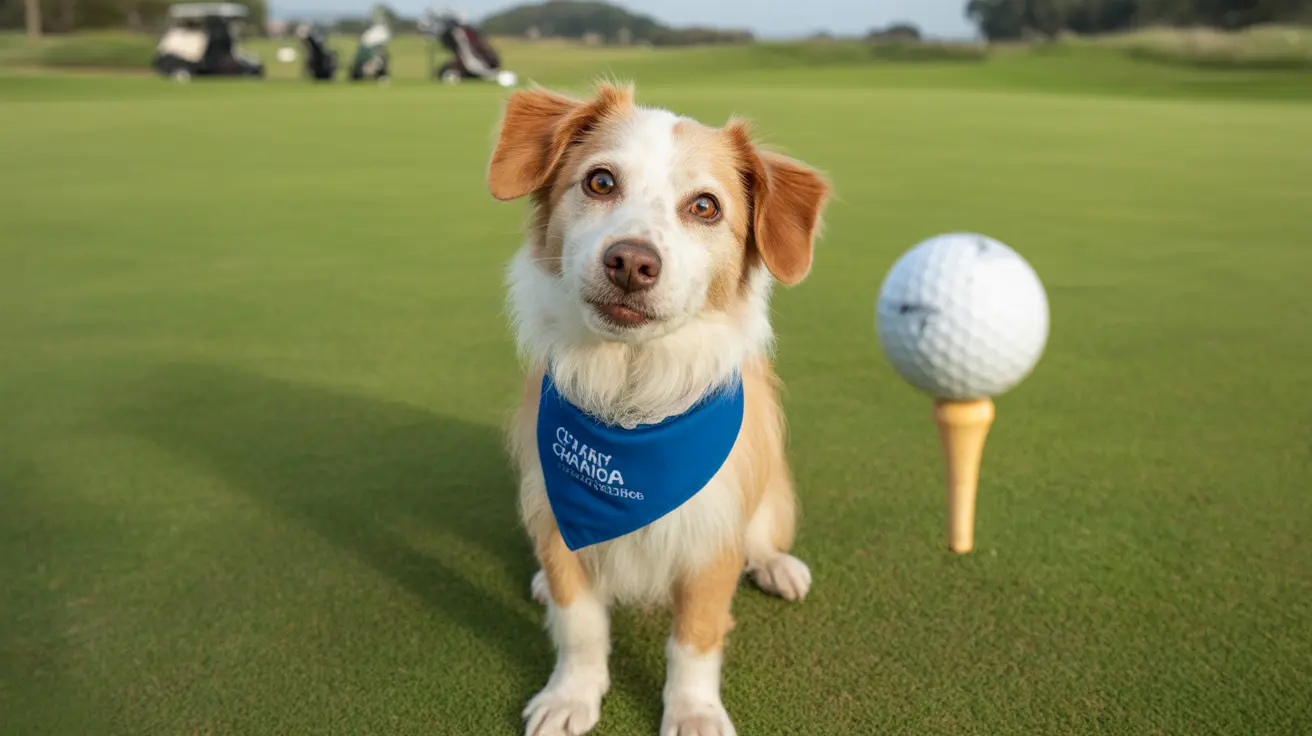Understanding Which Dogs Coyotes Tend to Attack
Coyotes are intelligent, adaptable predators found in suburban and even urban areas across North America. Their increasing presence near human settlements has raised concerns among pet owners, especially regarding the safety of dogs. It's crucial for dog owners to understand what kind of dogs coyotes typically attack, why such attacks occur, and how to prevent them.
Why Do Coyotes Attack Dogs?
Coyotes often perceive dogs as either prey or territorial rivals, depending on the dog's size and behavior:
- Prey drive: Smaller dogs resemble natural prey such as rabbits or rodents, making them prime targets.
- Territorial instincts: Medium and even large dogs can be seen as threats to a coyote's territory, leading to confrontations.
Dog Sizes Most at Risk
Coyotes are opportunists, but they tend to favor attacking dogs that they perceive as weaker due to their size:
- Small breeds: Dogs under 25 pounds, such as Chihuahuas, Pomeranians, Shih Tzus, and Yorkies, are most vulnerable.
- Medium breeds: Dogs weighing between 25–45 pounds, like Beagles, Cocker Spaniels, or Bulldogs, can still be targeted, especially if left alone or if pups are involved.
- Puppies: Regardless of breed, young dogs are extremely vulnerable due to their size and lack of awareness.
Larger dogs are less frequently attacked but may still be challenged during breeding season or if defending a food source.
Behavioral Factors That Increase Risk
Beyond size, a dog’s behavior can also make it more susceptible to coyote attacks:
- Barking or howling, which may attract coyotes.
- Wandering alone in backyards or parks.
- Lack of fencing or leash, providing easy access.
Coyotes are most active during dawn and dusk, so dogs left outside during these hours are at greater risk.
Preventing Coyote Attacks on Dogs
Protecting your dog from potential attacks requires proactive strategies:
- Supervise outdoor time: Always keep dogs within sight, especially at night or early morning.
- Use physical barriers: Secure your yard with fencing at least 6 feet tall and optionally angled outward at the top.
- Leash always: Walk your dog on a short leash, especially in coyote-prone areas.
- Remove attractants: Keep food and garbage secure, and ensure no pet food is left outside.
- Install motion lights: Bright floods may deter coyotes from approaching your property.
What to Do If a Coyote Approaches
If you and your dog encounter a coyote:
- Make noise: Yell, clap, and make yourself appear larger.
- Do not run: Back away slowly while staying eye contact.
- Keep your dog close: Pick up small dogs or pull them close to you.
Never attempt to feed or approach coyotes, as this reduces their natural fear of humans and increases the risk of attacks.
Final Thoughts
Coyotes generally avoid humans, but when food is scarce or territory is challenged, they won’t hesitate to target vulnerable dogs. Awareness and preventative action can significantly reduce the risk of an encounter. Knowing what kinds of dogs coyotes tend to attack—especially small and unattended ones—and modifying your routines can help keep your pets safe.





